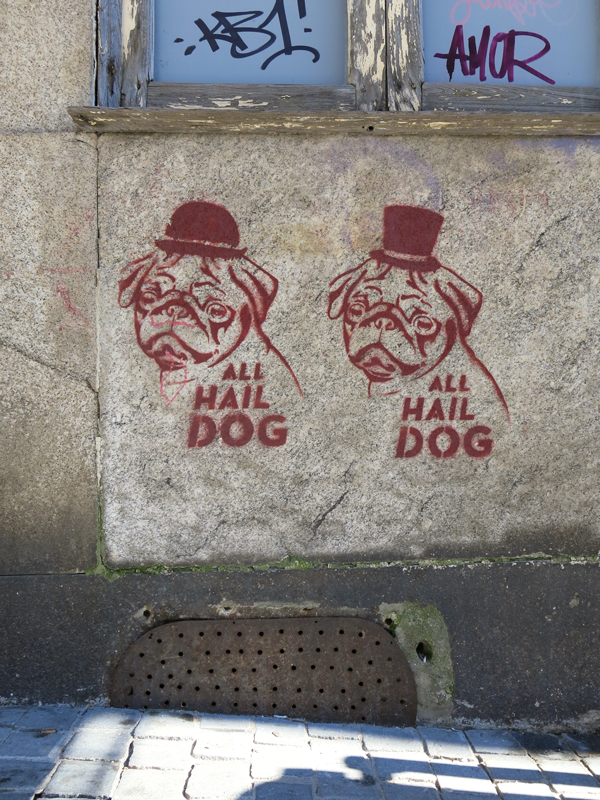
The Monastery of Batalha is one of the most marvellous examples of Gothic architecture I have ever seen— it seemed as though each footstep I took revealed something even more beautiful. Gargoyles, saints, and lacy stonework decorated the exterior, blackened in interesting patterns by time.
The monastery was built in 1385 by King D. João I, who promised to build a great monument to the Virgin Mary if he was granted victory over the Castillians in the Battle of Aljubarrota. Clearly he was, and the results are nothing short of a masterpiece. Embellishments were added over the next two centuries, mostly in the Manueline style, which is known for its nautical motifs.



With its towering stained glass windows, much of the interior is filled with a soft, multi-coloured light.



In addition to housing the tombs of King D. João I and his English wife Queen Philippa of Lancaster, the monastery is also the final resting place of their famed son, Prince Henry the Navigator. I remember reading about Prince Henry and the Age of Discovery with great interest in school, and here is is, the man who never joined an expedition himself, but profoundly changed the world with his sponsorship of exploration:




























































